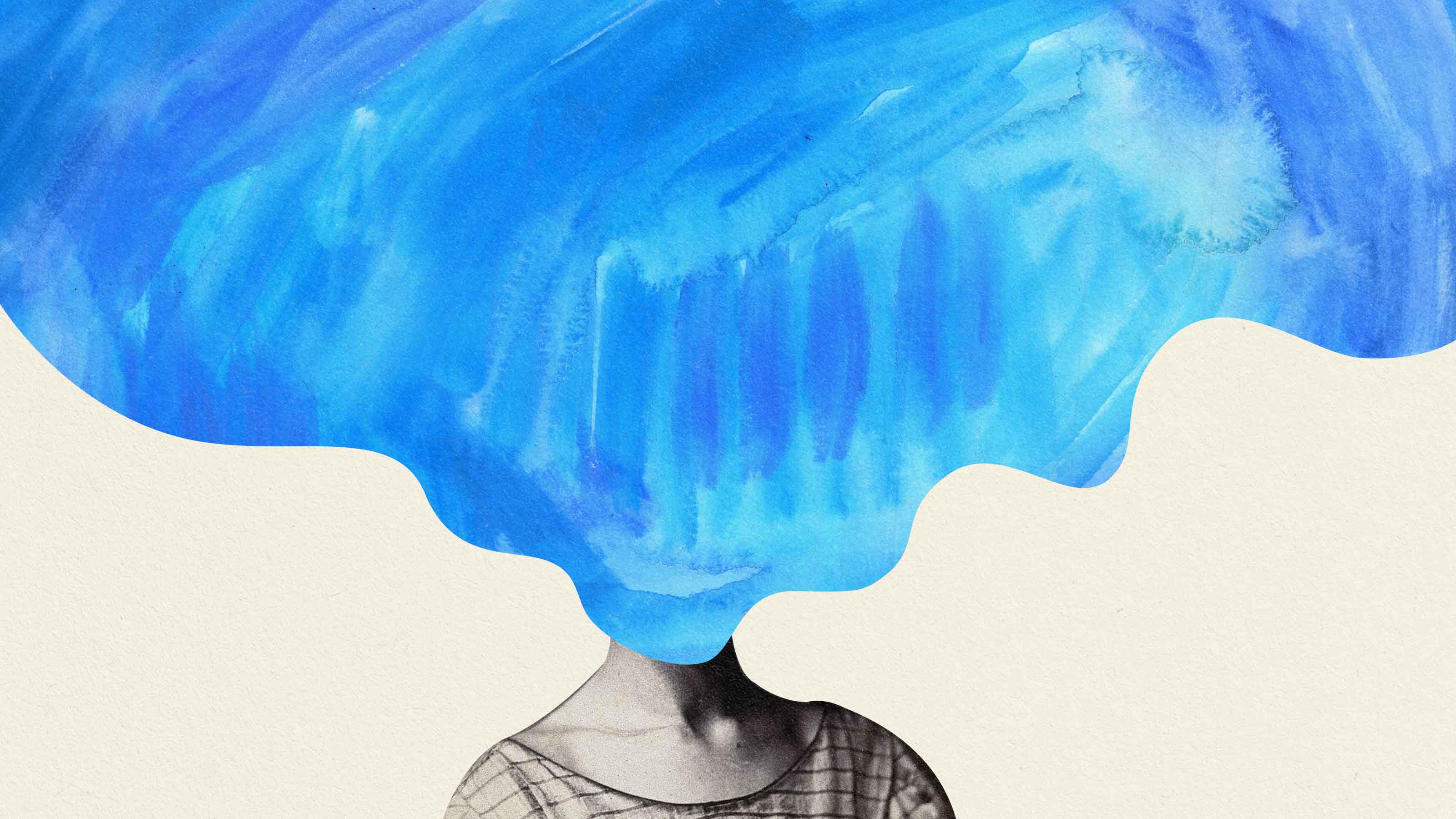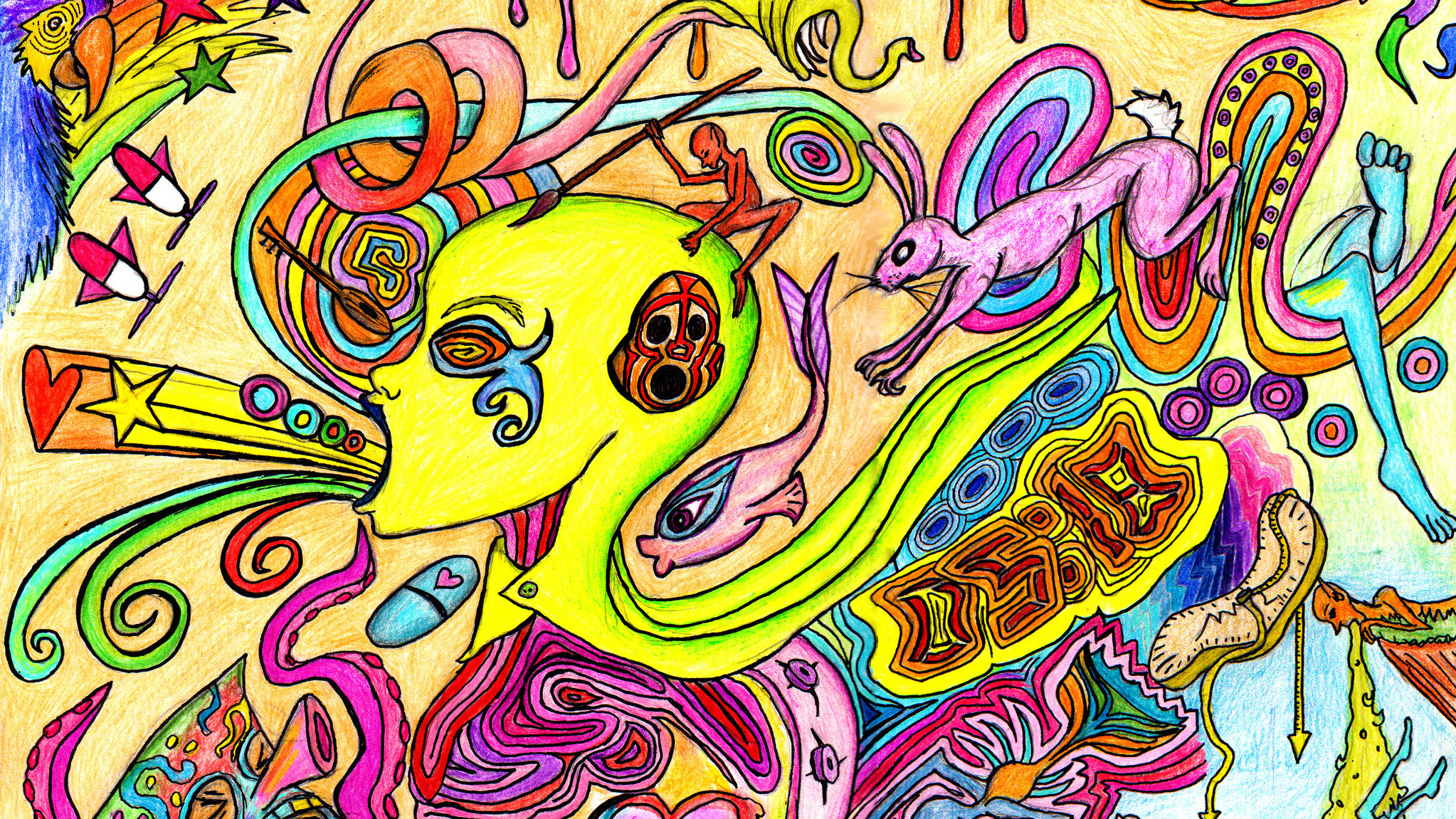People with “Maladaptive Daydreaming” spend an average of four hours a day lost in their imagination

First, have a read of this:
“I have been lost in a daydream for as long as I can remember….These daydreams tend to be stories…for which I feel real emotion, usually happiness or sadness, which have the ability to make me laugh and cry…They’re as important a part of my life as anything else; I can spend hours alone with my daydreams….I am careful to control my actions in public so it is not evident that my mind is constantly spinning these stories and I am constantly lost in them.”
The 20-year-old woman who emailed these reflections to Eli Somer at the University of Haifa, Israel, diagnosed herself with Maladaptive Daydreaming, sometimes known as Daydreaming Disorder. While Maladaptive Daydreaming is not included in standard mental health diagnostic manuals, there are cyber-communities dedicated to it, and “in recent years it has gradually become evident that daydreaming can evolve into an extreme and maladaptive behaviour, up to the point where it turns into a clinically significant condition,” write Somer and Nirit Soffer-Dudek at Ben-Gurion University of the Negev, in a new paper on the disorder, published in Frontiers in Psychiatry.
This study is, they say, the first to explore the mental health factors that accompany Maladaptive Daydreaming (MD) over time – and it provides insights into not only what might cause these intense, vivid, extended bouts of daydreaming but also hints at how to prevent them, or how to stop them in their tracks. Because while many people who experience MD report enjoying their daydreams at the time, MD can also negatively affect their relationships with others, their day-to-day lives, and their overall emotional well-being.
Earlier work led researchers to suggest that MD might be either a dissociative disorder, a disturbance of attention, a behavioral addiction or an obsessive-compulsive spectrum disorder.
For the new online study, Somer and Soffer-Dudek recruited 77 self-diagnosed sufferers of MD, from 26 different countries, ranging in age from 18-60. Just over 80 percent were women (possibly because women seem to be more affected by MD than men, the researchers write).
The participants first provided details about any mental health diagnoses (21 had been diagnosed with depression, 14 with anxiety disorders and 5 with OCD, among other disorders). Then, each evening before bed, for 14 days, they completed a series of questionnaires that asked about their experiences that day. These scales assessed levels of dissociation, obsessive-compulsive symptoms, depression, general anxiety, social anxiety, and emotion – and also maladaptive daydreaming. (Participants were asked to report on the extent to which statements such as “I felt the need or urge to continue a daydream that was interrupted by a real-world event at a later point” had applied to them that day.)
On average, participants reported spending four hours a day daydreaming. On days on which their MD was more intense and time-consuming, they also experienced higher levels of obsessive-compulsive symptoms, dissociation and negative emotion, and both types of anxiety. But only obsessive-compulsive symptoms consistently predicted the intensity and duration of maladaptive daydreaming on the next day, regardless of the levels of obsessive-compulsive symptoms on that following day.
Despite these findings, the researchers note that only five of the participants had actually been diagnosed with OCD – “This discrepancy suggests that obsessive-compulsive symptoms and MD share common mechanisms and interact with each other…but MD does not seem to be merely a subtype of OCD.” However, they added that many people with MD describe being consistently drawn to their daydreaming in a compulsive way. “The finding that a surge in obsessive-compulsive symptoms precedes MD [also] points to a key role of this construct as a contributing mechanism,” Somer and Soffer-Dudek argue.
Compulsions to daydream, or to carry on daydreaming even after many hours have passed, might be addressed using cognitive behavioral approaches developed to address other compulsions, the researchers suggest. They also speculate that low levels of the neurotransmitter serotonin may play a role in MD, as in OCD. If future work confirms this, drugs that modify serotonin levels may possibly be used in treatment.
There were some limitations of the study – in particular, that it was based entirely on self-reports. But as research on MD is scarce, and this is thought to be the first longitudinal exploration of the disorder, the results should at least help to inform future work in this area. Though it’s also possible that not all people with MD will want treatment. As the woman with MD who emailed Somer also wrote: “I am torn between the love of my daydreams and the desire to be normal.”
Emma Young (@EmmaELYoung) is Staff Writer at BPS Research Digest
This article was originally published on BPS Research Digest. Read the original article.





